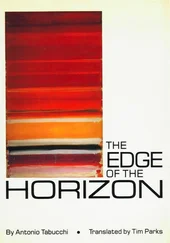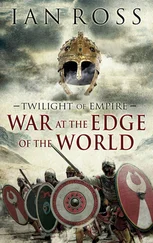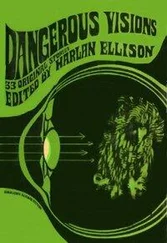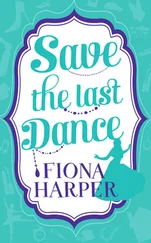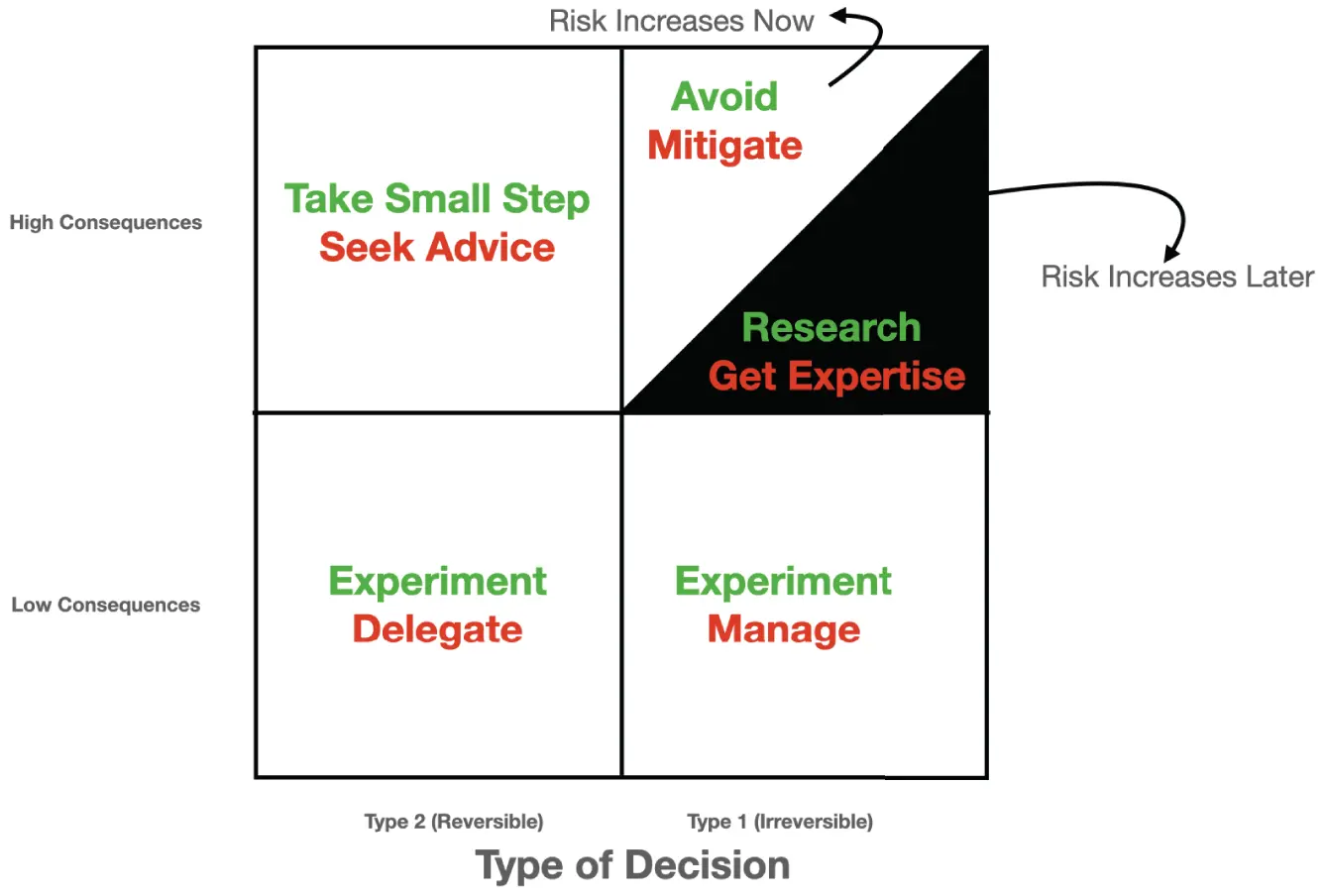
FIGURE I.3 Type 1 versus Type 2 decisions.
However, there's an interesting development to that story. In Chapter 3, I profile a volunteer disaster response leader who was involved in the 2017 season of California wildfires. In that year, the size, speed, and scale of the fires was so great that it quickly overwhelmed the normal emergency systems. For residents, there was chaos, because the established, reliable system for communication, exit protocols, and shelter infrastructure was insufficient for the complexity of a wildfire at that scale. One of the insights that responders had between 2017 and 2018 was that they had to evolve their perspective from a wildfire as a singular event to a wildfire season . In the subsequent years, as police, firefighters, public agencies, and emergency response teams reconceived their systems around a fire season, they developed protocols and training so that residents could be more informed and prepared. 24
So how did that affect Type 1 decision‐making? I got an unexpected perspective from a friend who lives in Santa Rosa, one of the towns that was partially destroyed by those 2017 fires. She said that now when the local emergency air horn sounds, it's actually a comfort. They have prestocked emergency bags, everyone in the house has practiced their routines, and there are clear directions about where to go. They've built a system to respond to a Type 1 (irreversible) decision, and they've developed a routine to train the System 1 (fast) thinking brain so actions are automatic and life‐saving instead of chaotic, confusing, and potentially fatal. The theme of encountering a complex problem (wildfires at scale), changing one's perspective (wildfire season), responding with experiments (new protocols), and building infrastructure to make decisions easier (emergency routines) is a sequence that is core to the Move to the Edge, Declare It Center framework.
In summary, we humans are less rational than we believe, we are wired to create mental shortcuts that can lead to biased decisions, and we have to pay attention to whether decisions are reversible and when risk changes. The best we can do – which can become pretty good with practice – is to be aware of these influences, then design habits, practices, and systems to mitigate them. However, all the theory in the world can't save you if your brain is hijacked by neurochemicals screaming, “Run away!” That brings us to the fourth principle: the reactions to stress.
Our Bodies: Reacting to Stress
The COVID pandemic provided a vivid lens to observe common patterns of stress reactions that often lead to poor decision making. I'm sure we have all felt many, if not all of the following list.
We freeze, delaying decisions out of fear of doing the wrong thing.
We go into flight, failing to confront reality, ignoring, minimizing, failing to gather facts that might challenge our belief about the crisis.
We go into fight mode, defending or blaming without thinking, often doing more collateral damage.
We go into friend/fawn mode, soothing our uncertainty by taking actions to make sure we are liked and appreciated by others, instead of making decisions that we fear will make us unpopular – even if it's the right call.
We return to the familiar – the old decision‐making models, playbooks, intuitions, or people, ignoring or failing to see that the context has changed and new rules apply.
During my research for this book, I learned about another perspective to these stress patterns, emerging from the work of Shelley Taylor. She noted that the original research of fight‐or‐flight by Walter Cannon was tested only on men and male animals. 25 Taylor's own experience suggested that women reacted to stress differently, so she replicated the research on female animals and women, and observed distinct patterns. 26 She called the response tend and befriend, referring to the nurturing patterns that promote safety, and the creation and maintenance of social networks. These patterns were linked to physiological responses to stress, expanding on Cannon's findings from the last century. It's a compelling argument, and activating social networks is a behavior pattern of multiple leaders profiled in this book. It animates the Imaginal Cells section in Chapter 4.
We're all susceptible to these stress patterns. 27 Some of these are deeply rooted in our neurochemistry; others are the result of repeated training. I am just as likely to make poor decisions even though I am aware of these stress patterns. In this era of uncertainty, we are particularly prone to these mistakes.
For example, I had a conversation in August 2020 with a faculty member at a university who recounted a COVID response town hall led by the school administrators. The university administration decided to shut down the facility, banned access to the school for faculty, and insisted all classes be conducted online. Her medical specialty requires a certain amount of in‐person interaction and training for her students. She asked me, “What if you brought in your child for a life‐saving procedure and learned that the nurse had never put an IV into a live person, but had only trained on a virtual screen? How much confidence would you have in that nurse?”
When the faculty questioned the decision, the administrators cited the cost of COVID‐related sanitization and claimed other schools were doing the same. A quick‐witted faculty member did a Google search that revealed other nearby schools were planning to open, using a split schedule and limited hours to accommodate demand. The administrators were surprised, and then my friend realized: “They have no idea. They don't have a plan.” They froze instead of having a plan, then defaulted into the familiar – shut down everything until everything is back to normal.
There isn't a perfect or simple answer. In Chapter 2, you will read about how the complex challenges of closing during the pandemic are distinct from reopening. However, recognizing that the problem is complex is the first step to adopting a new mindset for better decision‐making.
May 27, 2020: Still a Target, Still a Leader
In the core of my 2016 letter “Company Talk about Police Shootings, as Target and CEO” I acknowledged my own painful emotions after the killings of Philando Castile and Alton Stewart. 28 I hoped to create space for our employees, to feel theirs. In the two days after May 25, 2020, I felt the same emotional, exhausted haze from the footage of the murder of George Floyd. It was a reminder: I'm still a target, and I'm still a leader. I wrote this in my blog:
We are a different company now, five times larger across 20 states, maintaining ~55% she/her pronouns, 35% BIPOC, and 23% LGBTQIA+ folks among the 125 professional staff. We've navigated the challenges of scaling a distributed company, while staying connected through crises like #metoo, detention centers, and now COVID. I remain impressed that most of our fundamental distributed connection practices were conceived, designed, and executed by Trussels, whether individually or in affinity groups and facilitation guilds.
Despite this, I've learned how hard it is for employees to claim time to be human, especially in the last few months. We've been programmed with so many powerful messages that “good employees are quiet employees,” that it takes repeated, insistent invitation before people will admit the emotional turmoil and burnout underneath. Only then will they respond to the nudge to take a 5‐minute meditation, a 20‐minute walk, a 50‐minute virtual therapy, or an 8‐hour PTO [paid time off] day.
Читать дальше


